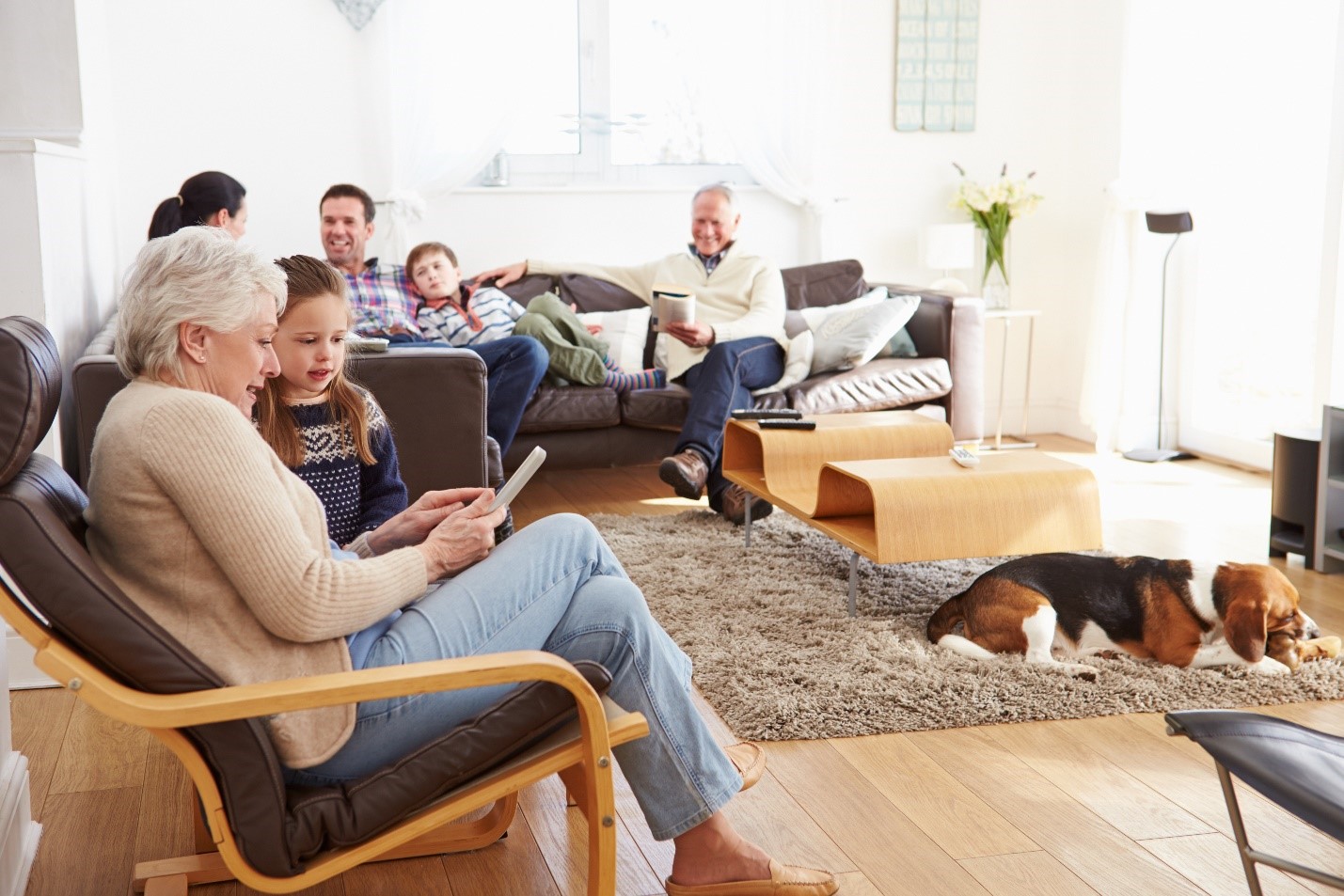With utility bills soaring in Australia, many home owners are becoming more interested in how to remodel their houses so that they are more energy efficient all year round. Keystone will explore the question on the minds of many a property owner- how to redesign a house for all seasons.
Getting the Air Conditioning Right
It can be a costly upfront investment when purchasing air conditioning, that’s why it pays to take your time and explore the many options on the market. Sydney’s diverse temperatures means that an conditioning system that provides year round climate control is the best option rather than a dedicated heating or cooling system. Using energy efficient techniques that are far superior to other air conditioning options, reverse cycle air conditioning cools the home in the summer and heats in the winter, with one kW of electricity consumed generating three or more kW of heating or cooling. . Once you’ve decided on the type of air conditioning to use, there is still a range of models available and the right one will depend among other factors on the size of your space and the number of rooms you wish to cover. While there are general calculators you can use to get an idea of the size system you’ll need, it’s best to get a professional to do it as factors such as your property’s location also need to be taken into account.
Ensuring Adequate Insulation
A well-insulated home will provide year-round comfort, catering for seasonal as well as daily variations in temperature. Acting as a barrier to heat flow, insulation also helps with weatherproofing, eliminating moisture problems such as condensation and can have soundproofing qualities. It’s during a home’s build stage that is the best economical time to install insulation. A word of warning- your second storey addition design should take into consideration the level of shade available otherwise you may experience what is known as the “oven effect” where built-up heat is kept in by insulation. Another reason why working with experienced professionals is so important!
Different Shading Solutions
There are a range of options available to home owners to reduce the impact of direct sunlight on their home’s indoor temperature. Effective shading can block up to 90% of heat being generated from direct sunlight. To reduce unwanted heat gain, many opt for shading glass as unprotected glass is often the greatest culprit of heat entering into a home. Using external shading devices like window awnings and deep verandas or pergolas to reduce unwanted glare and heat gain is another very popular option and one that can be utilised on a second storey addition as well. Turning to nature by adding a bit of greenery around your property’s windows is also a wonderful way of keeping your house naturally cool in the summer months.
Look into Solar Heating
While people think solar energy is only generated in the warmer months, many home owners may be pleasantly surprised that solar energy is generated from light not heat making it a suitable energy source even in the cooler months. When you have solar, you’re generating your own energy instead of buying it from the grid leading many home owners to take advantage of the Federal Government’s Renewable Energy Scheme and install solar panels so their home can enjoy cost effective heating and cooling during all seasons. Fitting on your roof, a compliant solar photovoltaic system with Australian standards can literally save you thousands every year in energy costs and significantly reduce your eco-footprint, reducing the amount of energy consumed for heating and cooling for the average Australian home by 40%!
Adding Special Features Like a Fireplace
During the colder winter months, if you’re looking for a heating system that induces a sense of warmth and tranquillity in your home, as well as something that encourages the family to gather together, then you can’t look past a good old-fashioned fireplace. Like a welcome hug, the perfect place for a fireplace is central to the open living area of the house with energy efficient options on the market to help you cut back on your energy bills. Insulation, window sizes and ceiling heights will help determine the fireplace that is most suitable for your home. When you build-in a fireplace in a two storey home, you’ll have to think about where the flue is going to pass through the second storey. One way around this is to have a fireplace installed in a newly built master bedroom on the second floor. There’s usually ample space to run a venting system or sufficient wall space to which to place an electric hearth. Thanks to modern technology, if you don’t have a brick-built chimney you can take advantage of the electric option that utilises LED lighting techniques to imitate a flame effect that is almost as good as the real thing.
At Keystone we understand that a second storey addition is not completed without fitted out heating and cooling solutions. To achieve comfort, convenience and reduced energy costs, speak to one of our consultants today.

